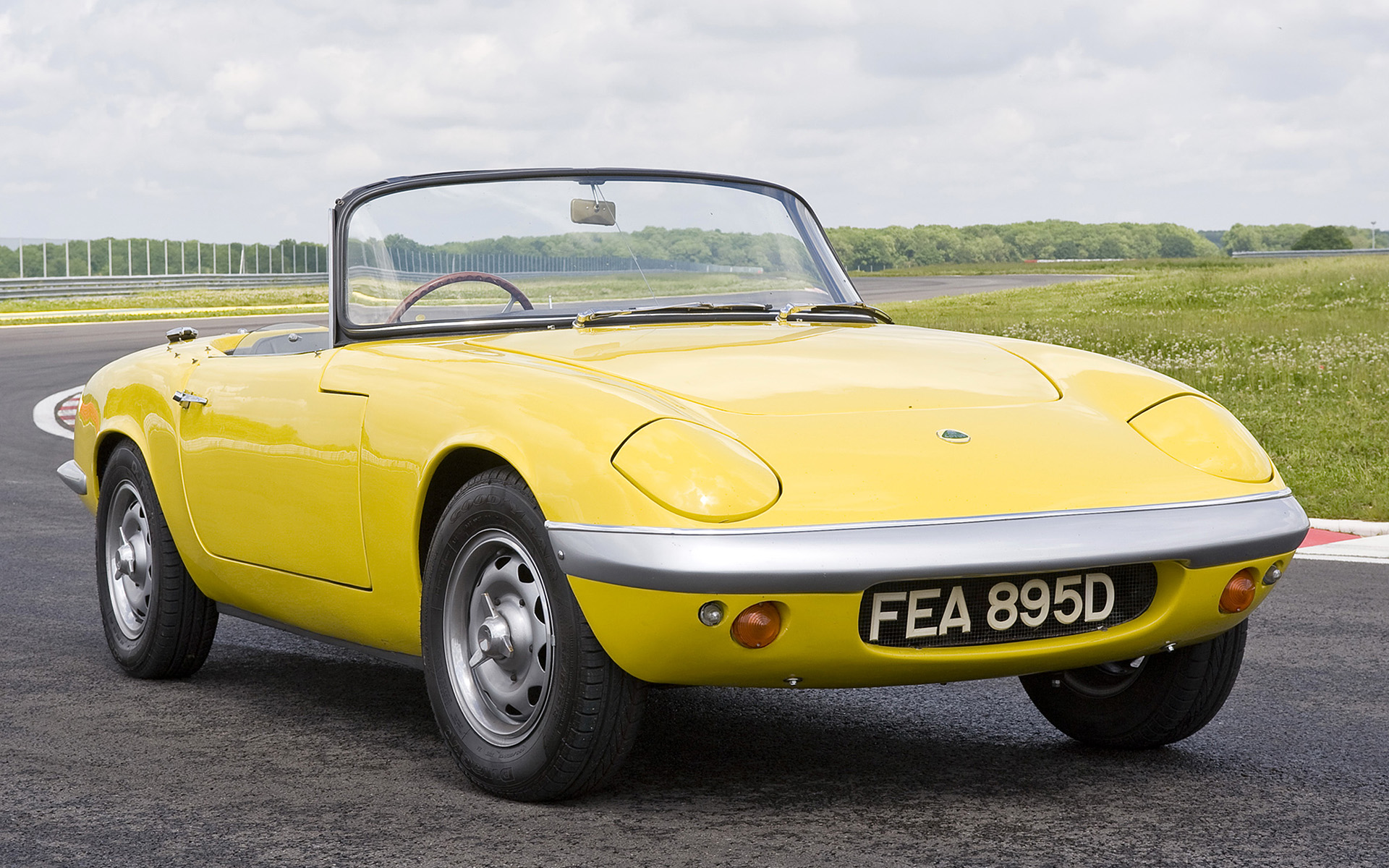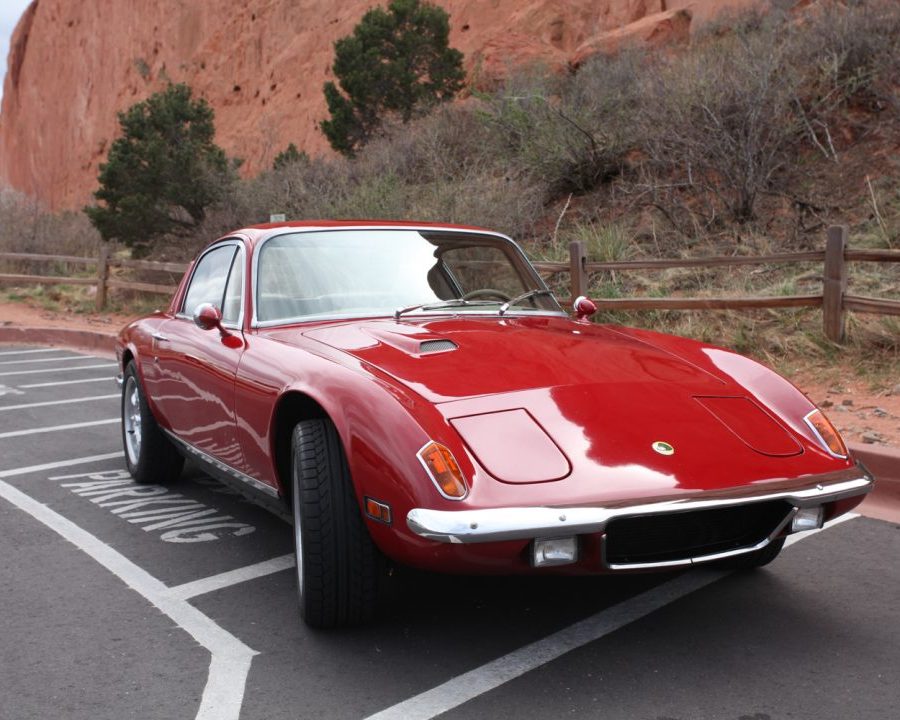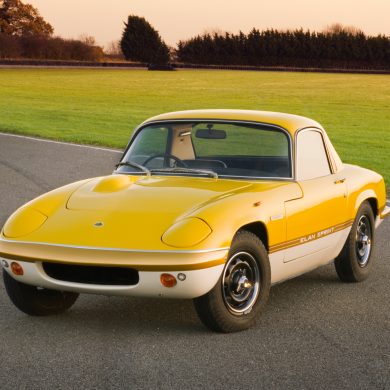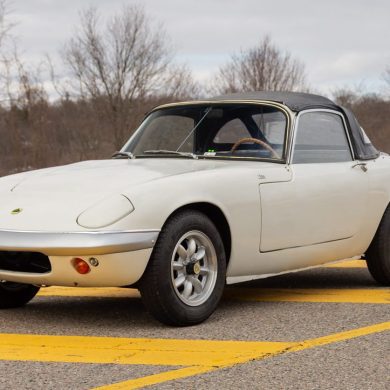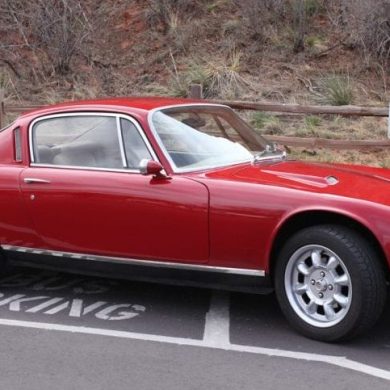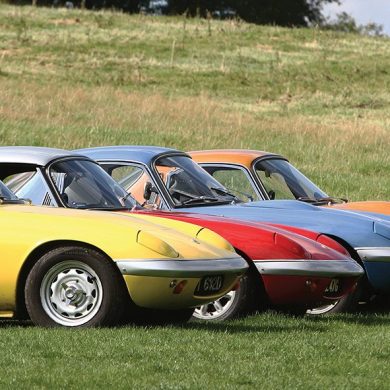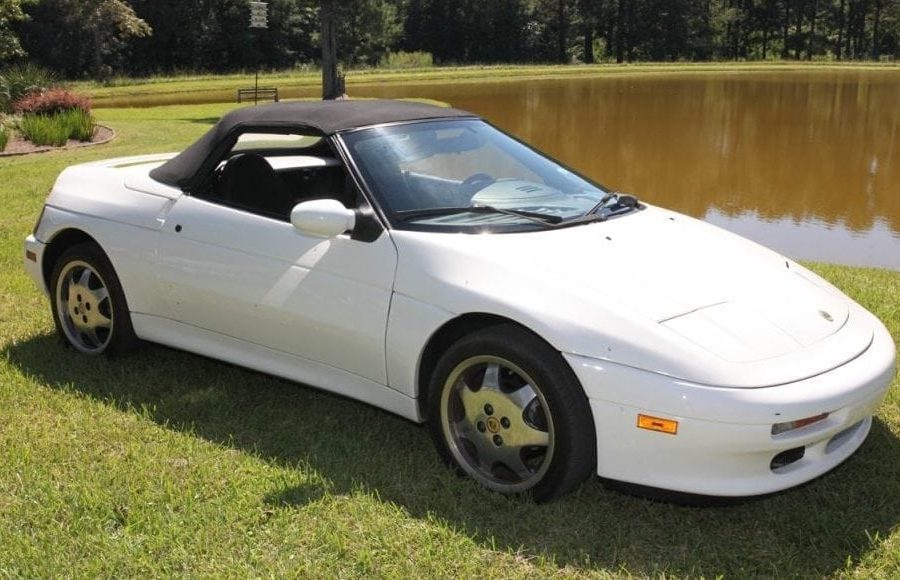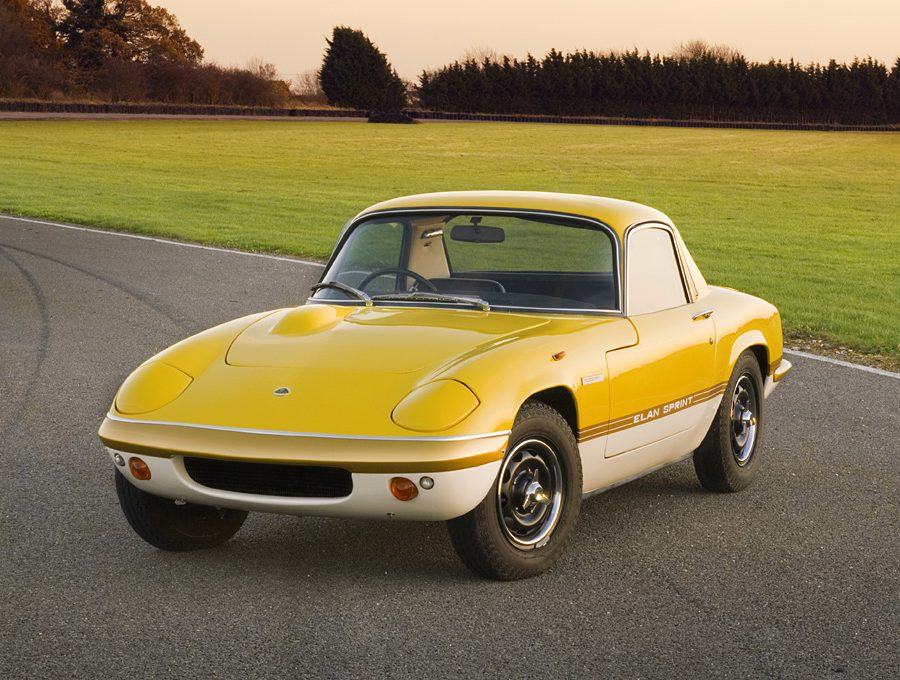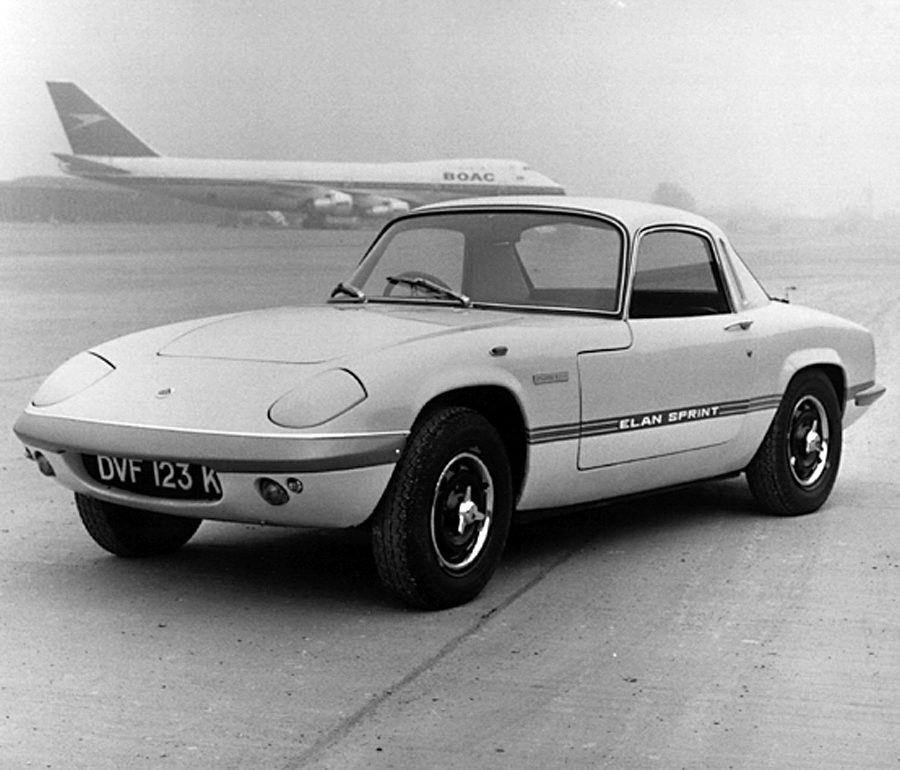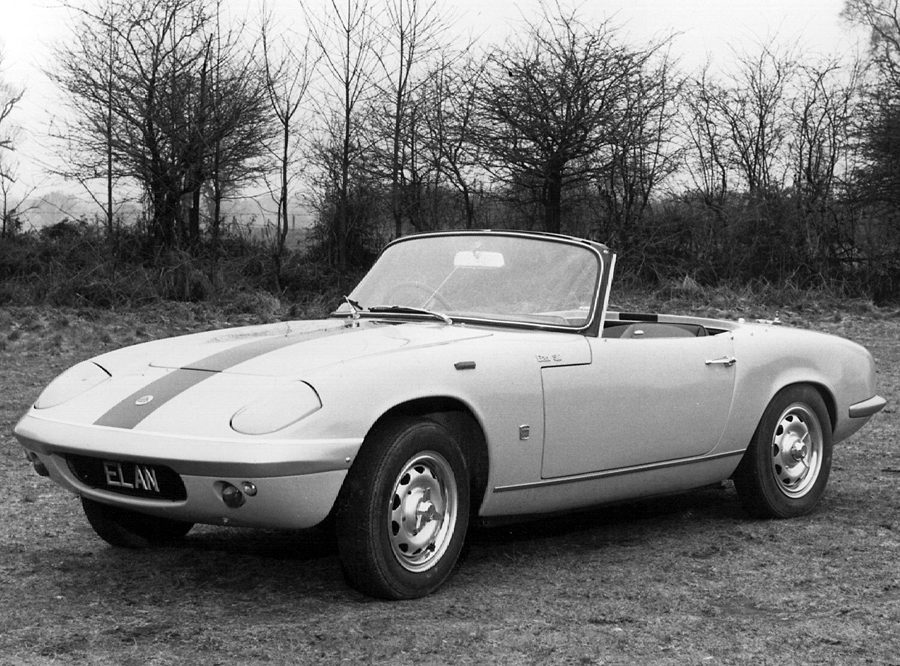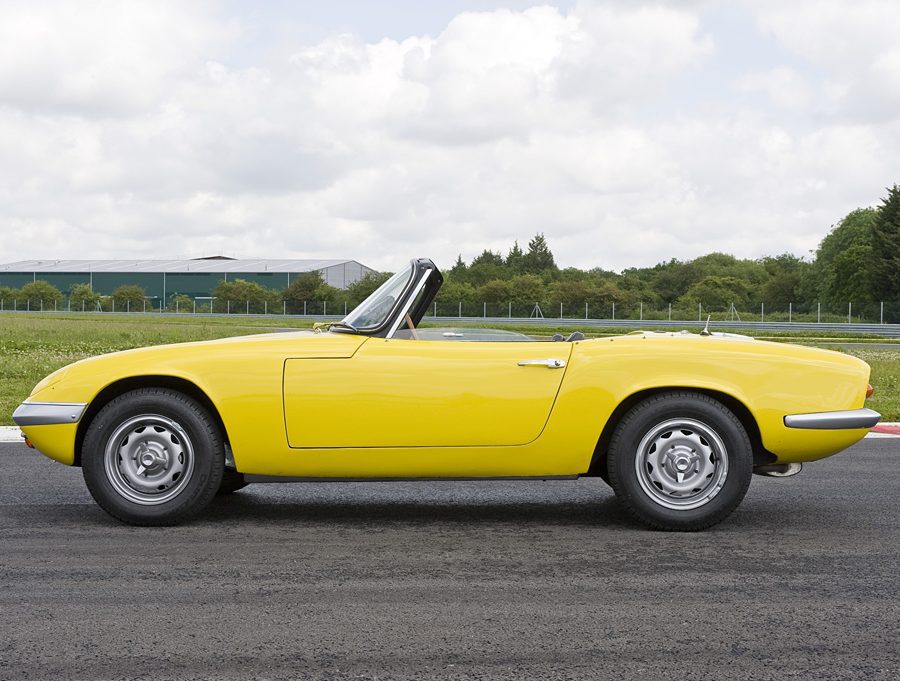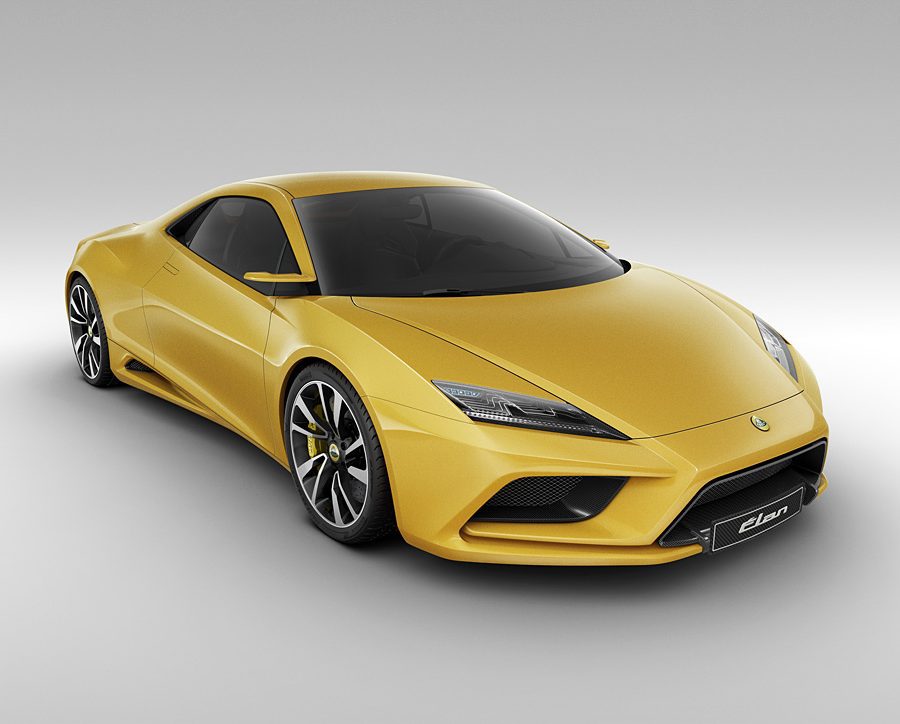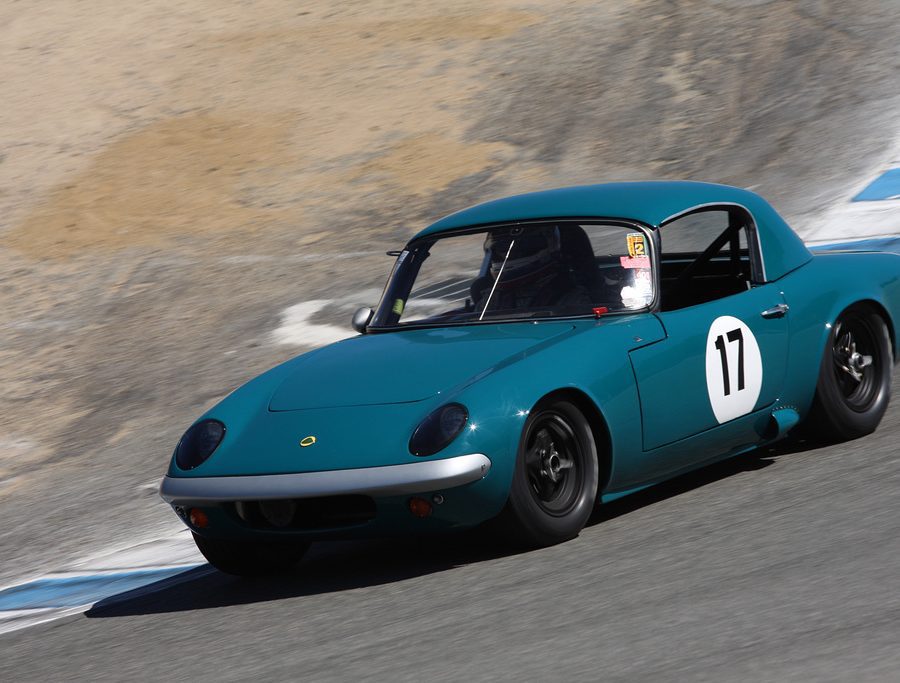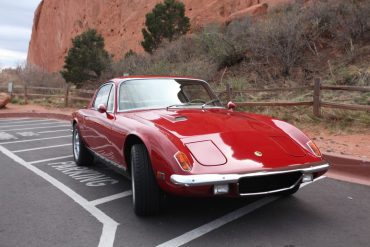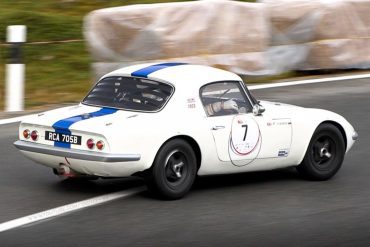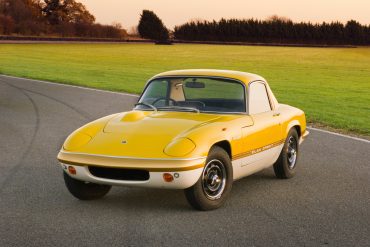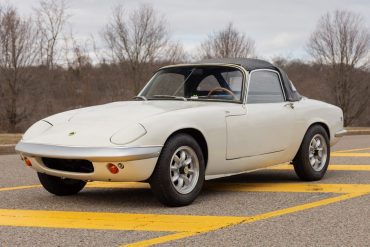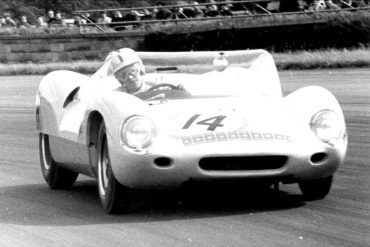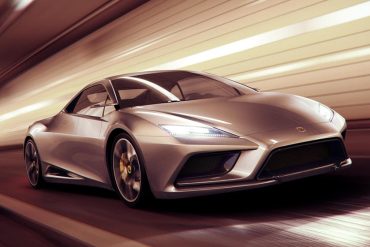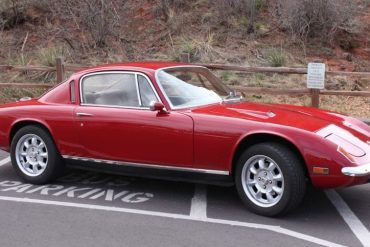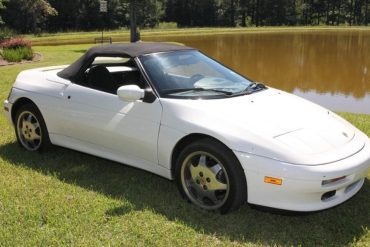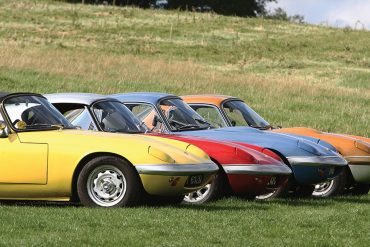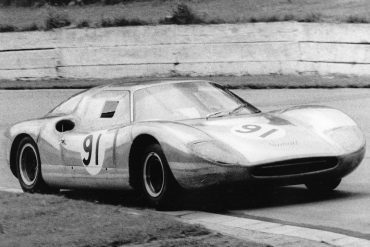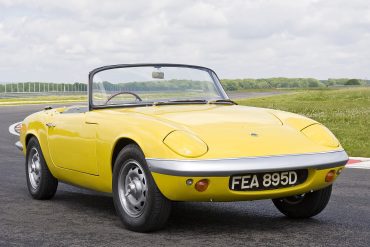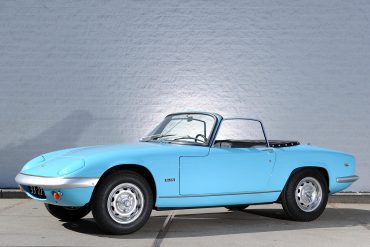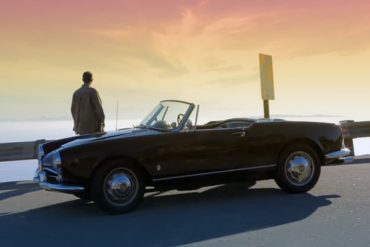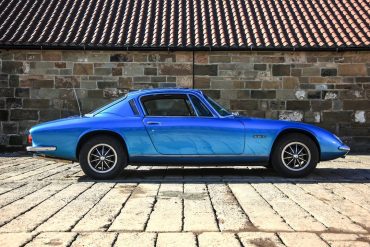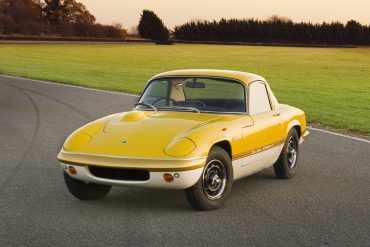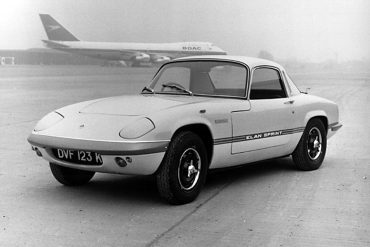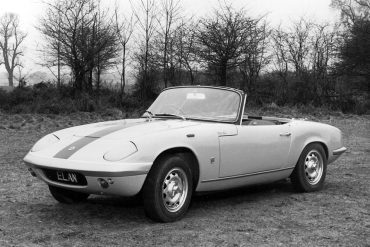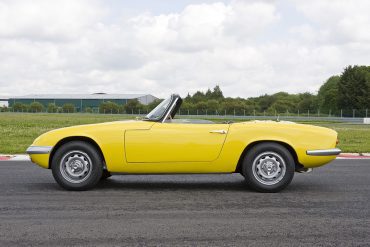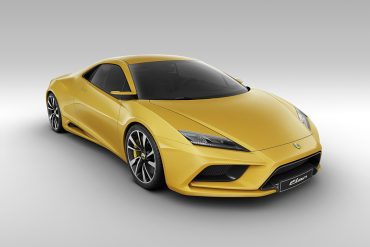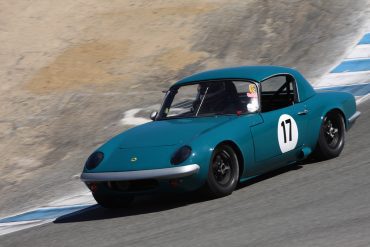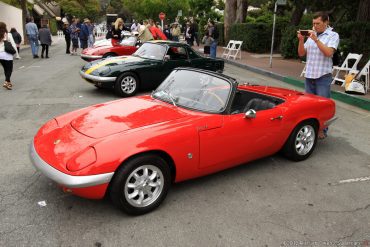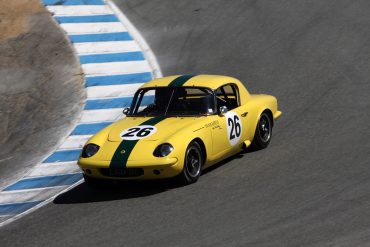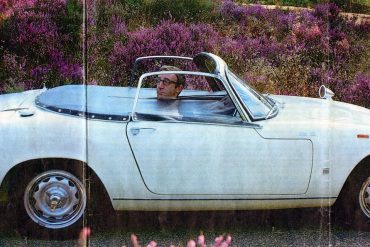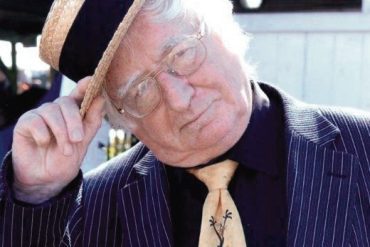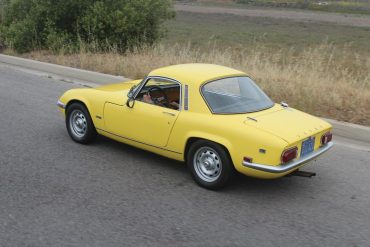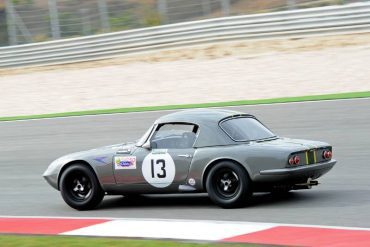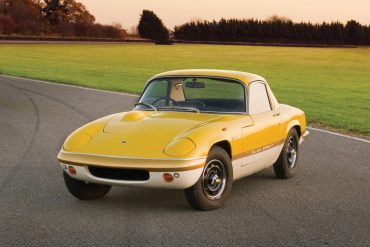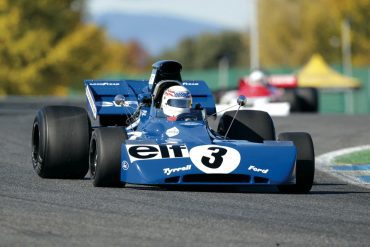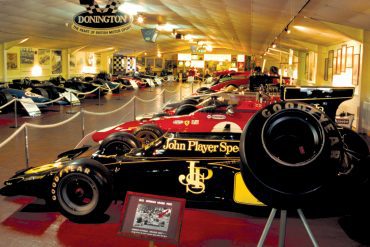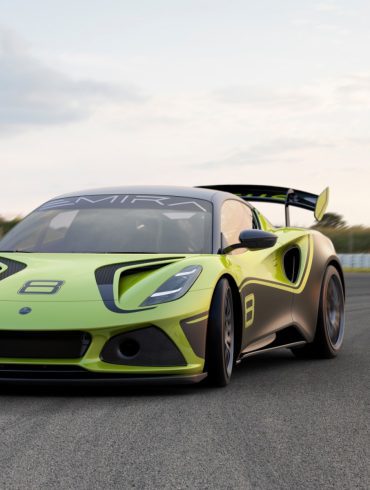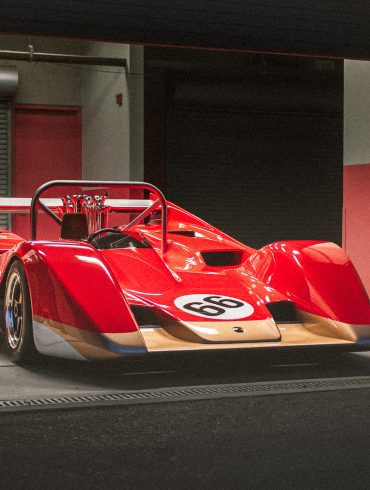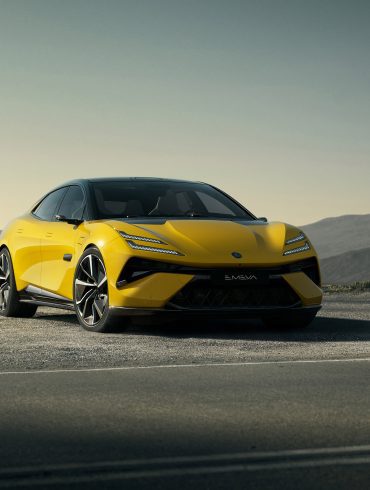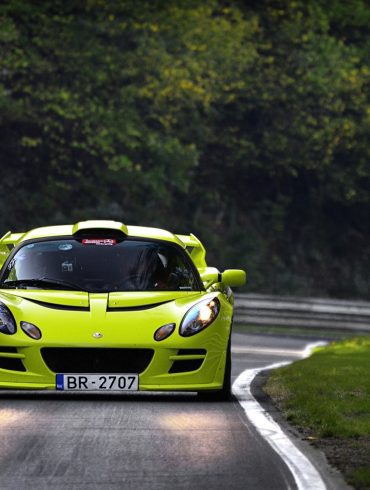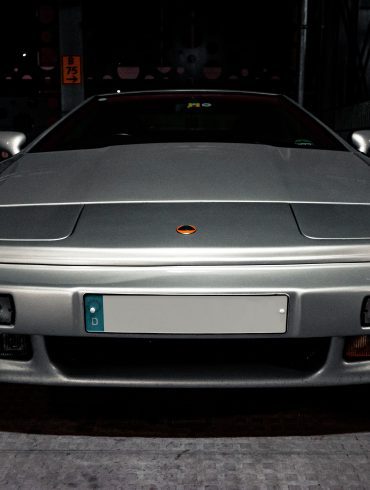Lotus Elan
Lightweight Legend
The Lotus Elan was launched in October 1962 at the British Motorshow, just as the Sixties started swinging. Jaguar had launched the E-Type the previous year, and AC had the Cobra and Ferrari the GTO. Big, expensive, powerful muscles cars. The Lotus Elan was very different, and typically Lotus – ultra modern, lightweight, rapid and huge fun. The Lotus M100 series Elan was launched in August 1989, reviving the Elan nameplate after 14 years. A two-seater convertible sports car with front-wheel drive, designed in-house by Lotus, it featured an engine and manual transmission supplied by Isuzu, and was built with the resources of General Motors.
Features & Stories / History & Development / Variant List / Models In-Depth / Recent News
The Ultimate Guide To The Lotus Elan: Every Variant, Specs, Reviews, Performance & More
In October 1962, the Lotus Elan sports car, also known as the Type 26, was launched at the Earls Court Motor Show in London as the Elan 1500. Colin Chapman visualised the Elan as being a replacement for the Lotus Seven and the Elite, built as a glass fibre monocoque construction. By the time it reached the prototype stage, it was agreed that it would incorporate a steel backbone chassis construction, which meant that the Elan would be not only light and rigid, but also much easier to manufacture than its predecessor. The innovative folded-steel backbone chassis stiffened the shell while adding a minimum of extra weight. With light and tactile steering as well as soft, long-travel suspension the combination was that the Elan one of the best-handling cars ever, with a compliant ride too. It had all-disc brakes, rack-and-pinion steering, and all-coil independent suspension with rear MacPherson struts. For the engine, it used a new dual-overhead camshaft conversion of its new oversquare small ‘four’ and this Lotus 1558cc engine, developing 105 hp at 5,700 rpm. The Elan evolved over a dozen years, gaining a bit more power, a companion coupe, and nicer appointments, even siring a stretched “+2” coupe series. The final (of the original) version, the 1971-74 Sprint, was arguably the best, thanks to its 126-hp “Big Valve” engine. As Elan models (Series) advanced, it was hard to tell what components a specific Elan would come with. Sometimes old stock was used up in new models, and sometimes new stock was used to finish out an old model run. And sometimes major component change would occur in the middle of a series.
Lotus Elan Guide
A Brief History
Lotus and its founder Colin Chapman had developed a reputation for building potent, lightweight sports and racing cars by the early 1960s. A force to be reckoned with in both sports car racing and Formula 1, Lotus had branched out into production sports cars with the iconic Lotus 7 and the fiberglass monocoque Lotus Elite. The Elite was a fatally flawed innovator however. Its fiberglass body was the chassis itself to which a steel subframe containing the engine, transmission and front suspension was bonded. The Elite was light and stiff, but fragile and it was also super expensive to make, with Lotus losing money on every single one.
The all-new Elan, launched in 1962, would be the first Lotus to use a steel backbone chassis lending some stiffness to the fiberglass body. Using a backbone chassis rather than a monocoque for the first time in a road car. Developed as the Type 26 and designed by Ron Hickman, it was launched at the Earls Court Motor Show with a price of £1,495 fully built or £1,095 in kit form. Front suspension was twin A-arm style with coil springs and shock absorbers, with a Chapman Strut layout in the rear. The four-speed manual gearbox and rear differential were modified Ford components, similar to the engine, while the four-corner disc brakes came from Girling. Weight was just 1,500 pounds for early convertibles, slightly more for later models and coupes.
The Elan quickly gained a reputation for being quick, well-balanced and very responsive. Initially it was a convertible only, though a removable hard top was sold as an option from May 1963.
It was during the Elan era that Colin Chapman decided the Cheshunt facility was not large enough, but a planning application to extend the site was turned down. It was time to move locations again, and preparations were made to head north to a former RAF base in the village of Hethel, Norfolk. The transfer of manufacturing took place in the spring and summer of 1966.
Lotus sold 17,392 examples over the course of 11 years. There were four main versions of the two-seat Elan (S1, S2, S3, S4), and it was offered as both a convertible and a coupe. Lotus added a +2 version in 1967, which ran until 1975, when it was replaced by an even larger shooting brake wearing the Elite name.
Engineering & Development
The Elan used a simple steel backbone chassis running down the spine of the car, to which the fiberglass body, suspension, engine and driveline were bolted. The resulting car was very stiff and incredibly light, Lotus saying the very earliest Elans weighed just 1411 pounds. Even the later, more luxurious models, aside from the larger +2, never eclipsed 1600 pounds.
With the Elan, Chapman and Lotus took the ethos that defined the Elite and applied it to a car that would be easier to make. The original idea was for a light roadster to replace the ageing Seven, with a glass-fibre monocoque like the Elite but in the end it would be a fibreglass body on top of a new steel backbone chassis. The idea wasn’t Chapman’s but in fact another engineer’s, Rob Hickman who was in charge of Lotus Developments at the time. Chapman built a simple steel frame to test out the new driveline of the Elan while Hickman worked on the chassis. The frame weighed around 75 pounds and was twice as stiff as the Elite's monocoque, so why not make that the chassis? This meant the bodywork could be simple and light because it wasn't needed to provide structural rigidity.
The steel chassis was relatively simple to produce, and therefore cheap, and it also meant that conventional components could be bolted to it without getting too bogged down in fabrication. So on went Triumph GT6 suspension and brake components, plus its steering rack, with the unique Lotus parts making positive effects rather than simply meeting packaging requirements. Lotus cleverness at the rear included modified Ford Cortina suspension struts and the famous Rotoflex driveshaft couplings. Suspension was by double wishbones in front and struts in the rear, with unusually soft springing all around. Use of soft suspension was enabled by the backbone chassis. Ladder-frame sports cars had to be stiff to keep all four tires on the road, but the stiffness of the Elan's chassis allowed Lotus to fit much softer suspension and achieve the same thing.
Also cheaper was Lotus's new engine. The Elite used the Coventry Climax four-cylinder, an all-alloy unit originally designed for water pumps. Chapman thought that Lotus could save money by using an engine based on something built in higher volumes, so it worked with Ford to develop a new twin-cam four. The basis was Ford's recently introduced iron-block Kent engine, which was fit with a twin-cam head designed by Chapman's friend and former Coventry Climax engineer, Harry Mundy. Lotus would use the engine in the Elan (initially in 1500cc form, but displacement was soon bumped to 1558 cc form) while Ford would get it in the Lotus-tuned Cortina sedan.
Lotus Elan 1500, 1600, S1/2/3/4, Sprint, SE, +2, +2S
Development was a continuous process for the Elan from the word go. Originating as a convertible, the Elan 1500 was originally offered with a 1.5-liter engine comprised of a Ford block and a special Coventry Climax dual-overhead-cam cylinder head. The earliest 1.5-liter cars are quite rare, as the decision was quickly made to enlarge capacity to 1.6-liters with a name change to Elan 1600. Launched in Spring 1963, only 22 examples were made with this 1.5 liter engine before being replaced with the now famous 1558cc twin cam unit as seen in the Lotus Cortina.
In late 1964 came the Elan S2 with a raft of small but significant improvements. They were a mix of technical and styling upgrades, creating a more refined product that brought new customers into the Lotus brand. There was now even the option of a 115bhp SE model. Elan SE variants were available through most of Elan production after that point, and offered additional power.
The Elan S3 and S4 came in quick succession, entering production in 1966 and 1968, respectively. In 1966 with production being shifted to Hethel, the new S3 model had even more refinement. It even came complete with a new type number, Type 36 – with more design changes, the most significant of which was the fixed glass fibre roof. The interior was also much-improved with enhanced door trims which incorporated armrests and proper carpeting. A convertible version, the Type 45, was launched in June 1966. In 1967 a new four-seater Elan +2 joined the range. Looking like a longer and wider Elan, it was really a different car in its own right but still similar to the Elan particularly in its build.
The S4 came out in 1968, spotted by more new taillights and also flared wheelarches. It was in 1970 that the famous and now highly desirable Sprint model came out, with what’s known as the ‘big-valve’ 126bhp engine. The Elan Sprint was the final development of the car. The Elan +2 was also available with this engine from 1971. In 1973 a five-speed gearbox was made an option for the Sprint models before production wound to an end.
More Than The Sum of It's Parts
The Elan wasn't about raw numbers; it was a symphony of perfectly balanced ingredients. Low weight met eager power from the Ford-Lotus Twin Cam, transforming it into a David amongst automotive Goliaths. This wasn't just a sports car; it was the essence of sports car distilled, delivering an experience unlike any other. The suspension was a masterpiece, striking a harmonious note between razor-sharp handling and a surprisingly comfortable ride, a benchmark that continues to inspire.
Steering feel was its own concerto, with the thin-rimmed wood wheel acting as a conduit, faithfully translating every whisper of the road surface to your fingertips. Remarkably, even by modern standards, the Elan possesses a satisfying turn of speed. The twin-cam four-cylinder thrums with a lively spirit, perfectly matched to the most delightful four-speed shifter you'll ever find. Get behind the wheel of a well-preserved example, and you'll understand why the Elan continues to be revered as a legend.
Lotus Elan M100
With General Motors taking ownership of Lotus from 1986, the business needed a new small car. Such a car – the thinking was for a ‘new Elan’ – would sit below the larger and more expensive Esprit and Excel models. The big idea for this new car was that it would be front-wheel drive. Ditching the traditional front engine/rear-wheel drive layout would appeal to new generation of potential Lotus customers. It would provide sure-footed handling and tap into the popularity of the hot-hatches of the era.
The priority for Lotus was to find a new powertrain. A new-generation 1.6-litre straight-four in both naturally aspirated and turbo versions with an excellent power-to-weight ratio was identified from within the GM portfolio, and so the project was given the green light. Peter Steven’s ‘cab-forward’ design wasn’t to everyone’s liking but was aerodynamically effective.
Given the Type number 100 and the project name during development of M100, the Elan went on sale in 1989. Feedback from the media was initially positive and pent-up demand meant more than 1,200 had been sold by the end of 1990. The car picked up a prestigious award from the Design Council.
However, it was ultimately not a commercial success. The front-wheel drive layout meant the Elan the traditional ‘pure’ Lotus dynamics were missing and it was too expensive to build, particularly when it had to be reengineered to meet changing USA crash regulations. That the engine was branded Isuzu – a maker of SUVs and small trucks – didn’t help perception of the new Elan.
When Lotus was acquired by ACBN Holdings, also the parent company of Bugatti, it was decided to introduce the turbo-only Elan S2 with the remaining 800 engines. This short production run would lead up to the launch of one of the most iconic Lotus cars of all time, the Elise.
Lotus Elan 1500, 1600, S2, S3, S4, Sprint
Production: 1962–1973
Assembly: England
Designer: Ron Hickman
Body style: 2-door coupé & roadster
Layout: Front-engine, RWD
Engine: 1,498 cc later 1,558 cc Lotus TwinCam I4
Trans: 4-speed manual (all synchromesh)
Wheelbase: 84.0 in (2,134 mm)
Length: 145.0 in (3,683 mm)
Width: 56.0 in (1,422 mm)
Height: 45.5 in (1,156 mm)
Kerb weight: ~1,500 lb (680 kg)
Lotus Elan +2
Production: 1967–1975
Assembly: England
Designer: Ron Hickman
Body style: 2-door 2+2 coupé
Layout: Front-engine, RWD
Engine: 1,558 cc Lotus TwinCam I4
Trans: 4-speed & 5-speed manual (all-synchromesh)
Wheelbase: 96.0 in (2,438 mm)
Length: 169.0 in (4,293 mm)
Width: 66.0 in (1,676 mm)
Height: 47.0 in (1,194 mm)
Kerb weight: ~ 1,960 lb (889 kg)
Lotus Elan M100
Production: 1989–1995 (Lotus)
Assembly: UK: England
Designer: Peter Stevens
Body style: 2-door roadster
Layout: Front-engine, FWD
Engine: 1,588 cc Isuzu 4XE1 I4, 1,588 cc Isuzu 4XE1-MT turbo I4
Trans: 5-speed manual
Wheelbase: 88.6 in (2,250 mm)
Length: 149.7 in (3,803 mm), 152.2 in (3,870 mm) (US)
Width: 68.3 in (1,734 mm)
Height: 48.4–48.8 in (1,230–1,240 mm)
Kerb weight: 2,198 lb (997 kg) (NA), 2,370–2,447 lb (1,075–1,110 kg) (Turbo)
The Elan Timeline
1962: Elan Roadster introduced with power from a 1498cc Lotus Twin Cam. After 22 units, these cars are recalled and upgraded to 1558cc power, the new standard engine. A new name, too: Elan 1600.
1964: Lotus introduces the Elan Series 2, swapping the early round taillights for oval ones while fitting larger front brakes and a wooden, full-width dashboard. An SE package adds comfort plus a little more power.
1966: The Series 3 adds a fixed-head coupe to the lineup while fitting electric windows framed in chrome trim. Larger trunk, nicer interior.
1967: Lineup expands with the four-place Elan +2.
1968: Lotus introduces the Elan Series 4, squaring off the wheel openings to fit larger rubber while fitting four-way flashers, side indicators, dual-circuit brakes and square taillamps. A more luxurious Sprint +2S is offered.
1970: A new name for the two-seat version–now known as the Elan Sprint–plus more power courtesy of a big-valve head. Two-tone paint becomes standard.
1973: Elan Sprint production ends.
1975: Elan +2 production ends.
Elan Quick Facts
First year of production: 1962
Last year of production: 1975
Total sold: 12,224 (Elan), 5,000 (Elan +2), 3,855 (M100 Elan)
Original price (base): $1,700
Production (By Year): 1963-1965 (6,716), 1966 (80), 1967 (1,117), 1968 (913), 1969 (1,148), 1970 (965), 1971 (748), 1972 (537)
Did You Know: The Elan was the first Lotus to be specifically designed for the road, with no racing adaptation intended. While the company eventually relented and produced a racing version, it wasn't what it was originally designed for.
"One of the most agile and responsive cars of its era. The Elan epitomizes Colin Chapman's 'add lightness' philosophy."
Autocar
Lotus Elan Variants
Lotus Elan (S1) (1962 - 1964)
Lotus Elan 1600 (S1) (1962 - 1964)
Lotus Elan S2 (1962 - 1964)
Lotus Elan S2 SE (1966)
Lotus Elan S3 (1966 - 1968)
Lotus Elan S2 SE (1966 - 1968)
Lotus Elan S4 (1968 - 1971)
Lotus Elan S4 SE (1968 - 1971)
Lotus Elan Sprint (1971 - 1973)
Lotus Elan +2 (1967 - 1969)
Lotus Elan +2S (1971 - 1974)
Lotus Elan M100 (1989 - 1995)
Lotus Elan 2 (S2) M100 (1996 - 1999)
Lotus Elan Models
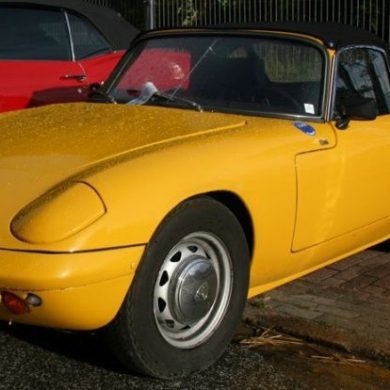
Lotus Elan 1500
1962 – 1964 / Type 26
The Elan was the first Lotus sports car to combine a steel chassis with a fibreglass body. 22 1500cc Elans were produced. After the S2 was released the Elan 1500 and 1600 models were typically referred to as the S1.
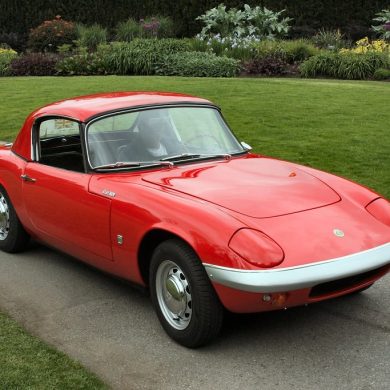
Lotus Elan 1600
1962 – 1964 / Type 26
After just 22 cars the engine was enlarged and the car was re-designated the Elan 1600. Under the hood is the “1600” version of the Lotus double overhead cam conversion for the English Ford 116-E. Optional hardtop was offered.
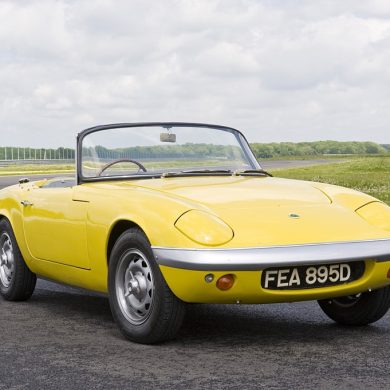
Lotus Elan S2
1962 – 1964 / Type 26
Most S1 faults were overcome when the Elan Series 2 was launched. The Series 2 were fitted with larger disc brakes and an uprated interior. The earliest S2 cars were hard to distinguish from S1 except for those interior changes.
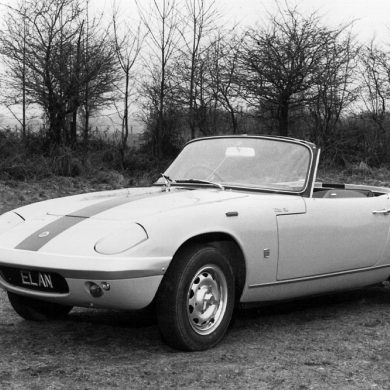
Lotus Elan S2 SE
1966 / Type 26
Elan Special Equipment (SE) models were launched, fitted with the latest 118 bhp Twin Cam engine. Slightly more powerful and luxurious this model is the prized early one. It was heavier and with more interior appointments.
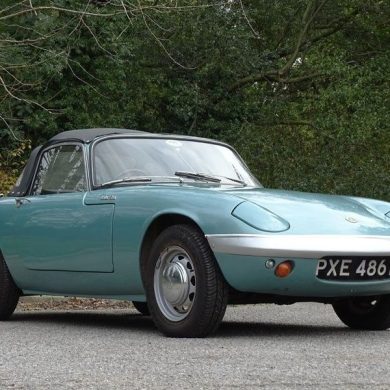
Lotus Elan S3
1966 – 1968 / Type 36 & 45
Both Types, 36 & 45, were offered initially in S3 form. Elans were originally built as Roadsters, but a FHC was offered from 1965 with the S3 model. The S3 interiors had electric windows and permanent window frames.
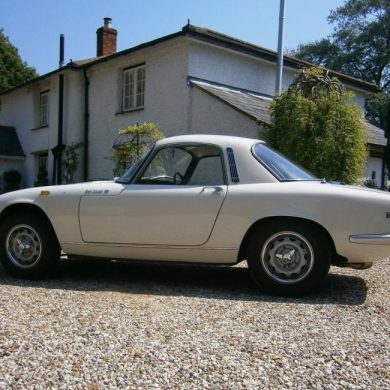
Lotus Elan S3 SE
1966 – 1968 / Type 36 & 45
The S3 continued to employ the rugged Ford-derived twin-cam motor, developing 105bhp (118bhp was available from the SE model) with twin Weber 40DCOE carburettors and a four-speed gearbox.
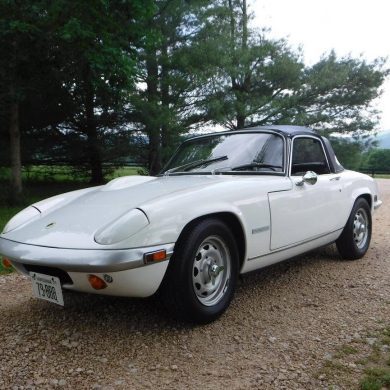
Lotus Elan S4
1966 – 1971 / Type 36 & 45
The S4 saw a number of improvements over the S3. Flush dashboard rocker switches, updated integrated rear lamp cluster with reversing lights, wider wheel arches and much more.
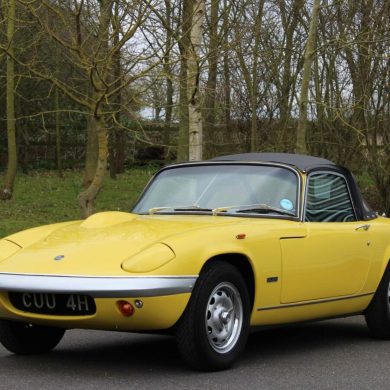
Lotus Elan S4 SE
1966 – 1971 / Type 36 & 45
“SE” additions included electric windows, updated rear lamp cluster, two speed wipers, enlarged flared wheel arches, negative earth electrics, dual circuit brakes and revised engine heads and Stromberg carburettors.
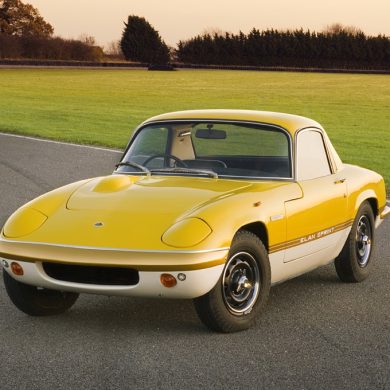
Lotus Elan Sprint
1971 - 1973 / Type 36 & 45
In 1971 Lotus released the Sprint as the ultimate Elan. It used the big-valve cylinder head in conjunction with striking paint schemes that celebrated the success of Lotus Players F1.
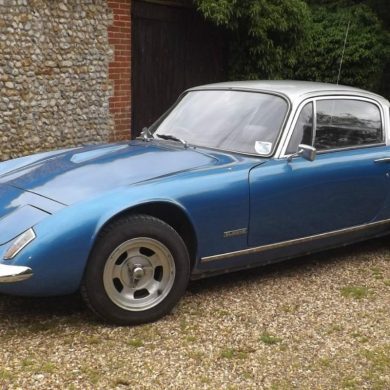
Lotus Elan +2
1967 – 1969 / Type 50
An Elan +2 was introduced in 1967 with a longer wheelbase and wider track, and two small rear seats, suitable for children. It was larger and considerably more luxurious, marketed to the established family with children.
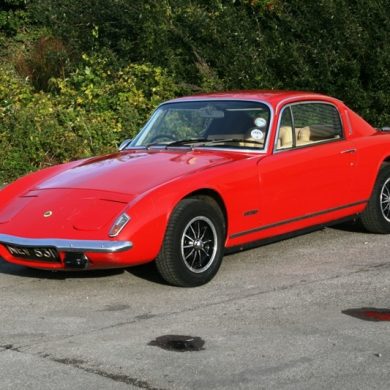
Lotus Elan +2S
1971 – 1974 / Type 50
In 1971 +2S was upgraded to include the Big Valve engine, and then named the +2S 130. Later models of the +2S 130 were provided with a 5-speed Austin Maxi based gearbox, which greatly improved its high speed cruising.
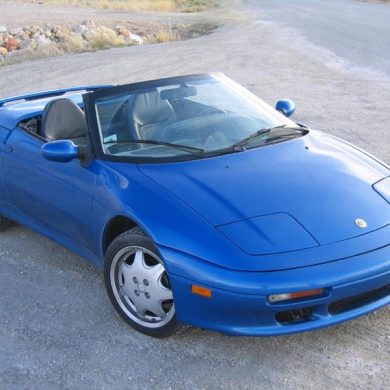
Lotus Elan M100
1989 – 1995 / M100
The Lotus M100 Elan was launched in August 1989, reviving the Elan nameplate after 14 years. A two-seater convertible sports car, designed in-house by Lotus, it featured an engine and manual transmission.
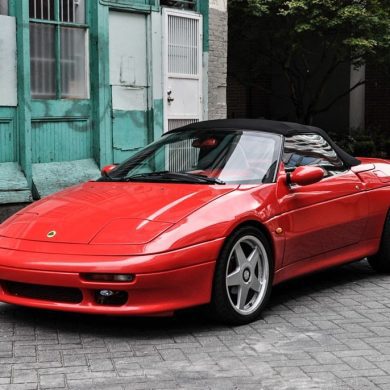
Lotus Elan Series 2 (S2) M100 Elan
1996 – 1999 / M100
The Lotus Elan Series 2 (S2) M100 represents a refined iteration of one of the most celebrated roadsters in Lotus's storied history. Building upon the foundation laid by the original M100 Elan, the Series 2 enhancements were aimed at elevating the driving experience and exclusivity of this front-wheel-drive sports car.
"A masterclass in lightweight sports car design. The Elan handles like a dream and offers an impossibly fun driving experience."
Classic & Sports Car Magazine
Lotus Elan Specs & Performance
A summary of production Elan specifications and performance numbers.
You are trying to load a table of an unknown type. Probably you did not activate the addon which is required to use this table type.


